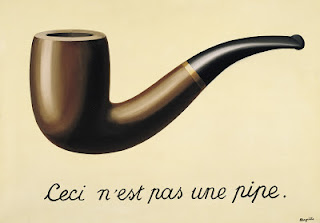What is empty form? By empty, it means no specific function to that particular form. Therefore is an object of many functions, thus encourages translation of uses. It is an architecture of multiple functions, however not pre-determined. But we have learnt is that meaning is contingent, unstable, never the same for any two persons because the way we perceive things are different. Though architecture is a bit different, usually conveying a 'function', empty form is the contingency of architecture.
Empty forms could be created intentionally or otherwise, because I think every object is fundamentally an empty form. The functions that we associate with each specific form, shape or volume are merely our perception and conventional thoughts. For example, when you see a chair, you immediately think of the act of sitting down as a function that fits to that form, but if you never knew what a chair and its associated function is you might use it to perform a different function like putting things on it or using it to elevate yourself to change a light bulb. Likewise, there are probably many other objects that you have sat on that is not considered a chair. Though the designer have pre-determined it to be a chair - a sign of sitting - so the dimensions of the object are created in coherence to our body scale.
The "Memorial to the Murdered Jews of Europe" by Peter Eisenman is empty form. Its minimal, cubicle, rectangular form suggest no specific function, so it is used for fashion shoots, picnic, seats, etc.
I think a shophouse is another clear example of empty form, as there various utilization of a shophouse. Especially, after last semester that we have thoroughly study this form of architecture, and how the third year members were able to turn the same initial structural format of shophouse into over 70 different designs of different functional space of their own.














